Pitched at becoming the world’s first car to surpass 1000mph, Bloodhound SSC utilises the turbojet engine from a Eurofighter as well as a rocket to produce a staggering 133,000bhp.
But Bloodhound is just the latest in a long list of land speed record vehicles, built with the sole purpose of taking the ultimate Earth-based speed crown. Rewind back to 1898 and it was in fact an electric car, the French-built Jeantaud Duc, which held the record for being the world’s fastest car. Piloted by Chaselloup-Laubat, the first record holder crept its way up to 39.24mph and into the history books.
Those craving more speed only had to wait six years before the first major landmark was surpassed when fellow Frenchman, Louise Rigolly, raced past the 100mph barrier to 103.56mph in his internal-combustion engined Gobron-Brillie. The motor-vehicle was still in its primitive stages of development, but the age of speed had well and truly arrived.
Engines grew, aerodynamics improved and competition exploded; the race to be the fastest person on land saw men and women risking their lives to take the crown. Such was the rate of development in these early years that records were made and broken in the space of days. But the glamour of the crown saw drivers return and engineers push boundaries, the dream of being the world’s best keeping them firmly focused on their goal.
The first Briton to grab the title of world’s fastest was Lydston Hornsted, a racing driver who drove a modified version of the Blitzen-Benz at Brooklands in 1914. Producing just 194bhp from its mammoth 21.5-litre engine, the Blitzen raced around the Surrey circuit at 124.09mph, laying down a record speed that stood for eight years.
From here on land speed record cars began to demand longer, straighter roads in order to stretch their legs towards the next major landmark. With the peace of post-war Britain releasing land from military occupation, Pendine beach in Wales became a popular choice for UK-based record attemptees, thanks to its long, flat landscape. It was here that the 1925 Sunbeam Bluebird surpassed the 150mph mark, edging its way just over to 150.76mph, piloted by Sir Malcolm Campbell.
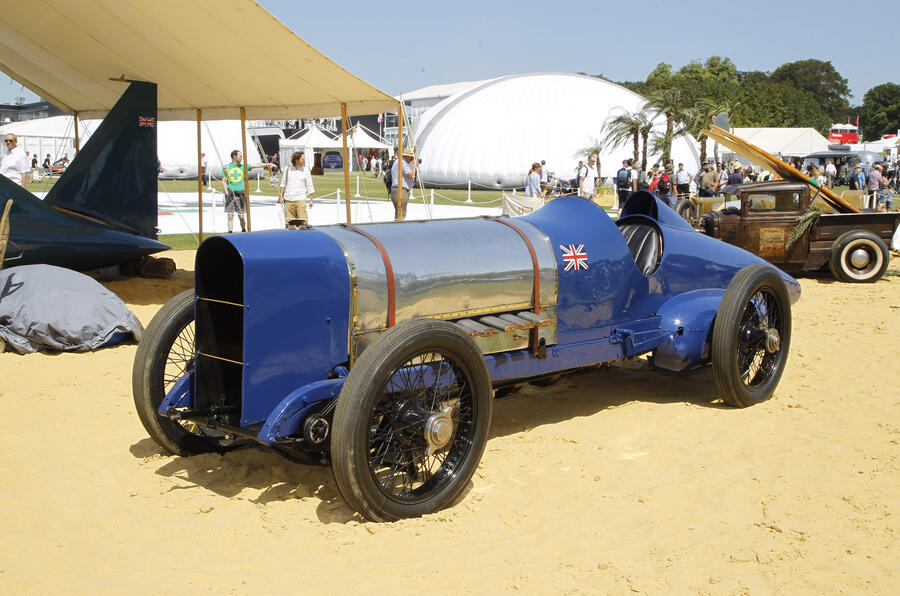

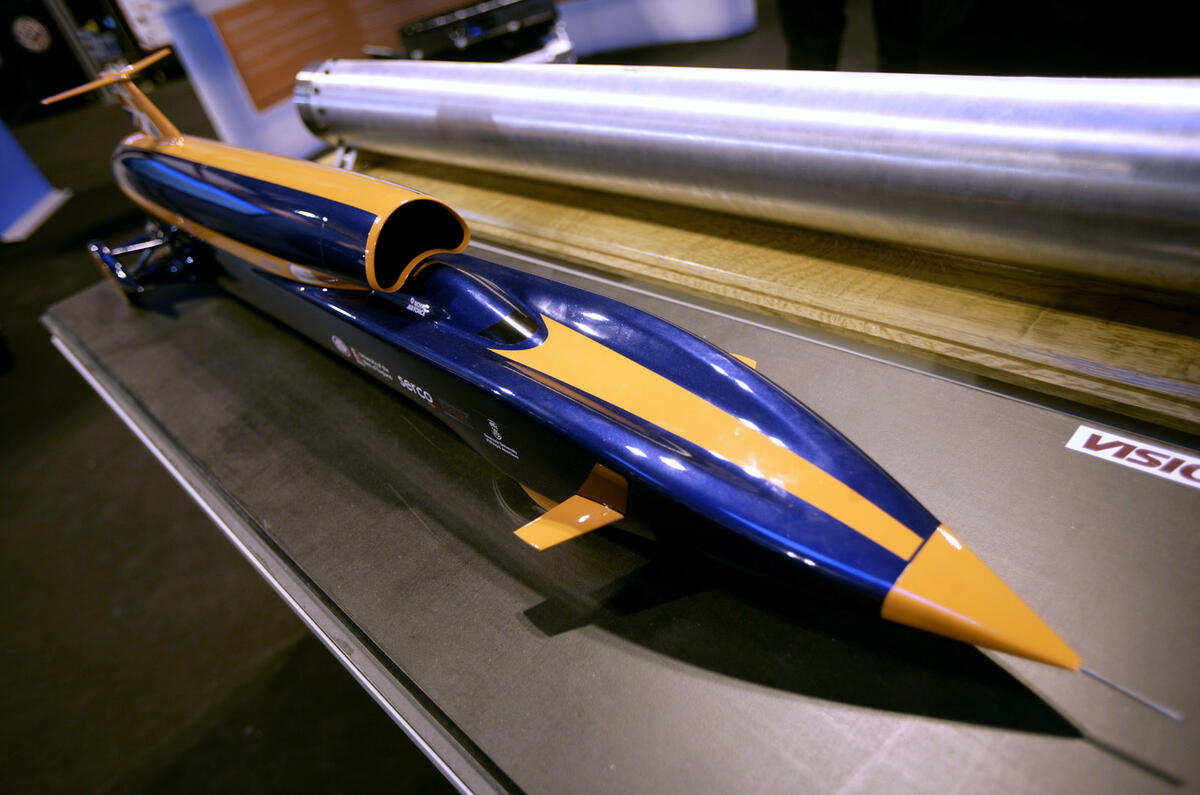
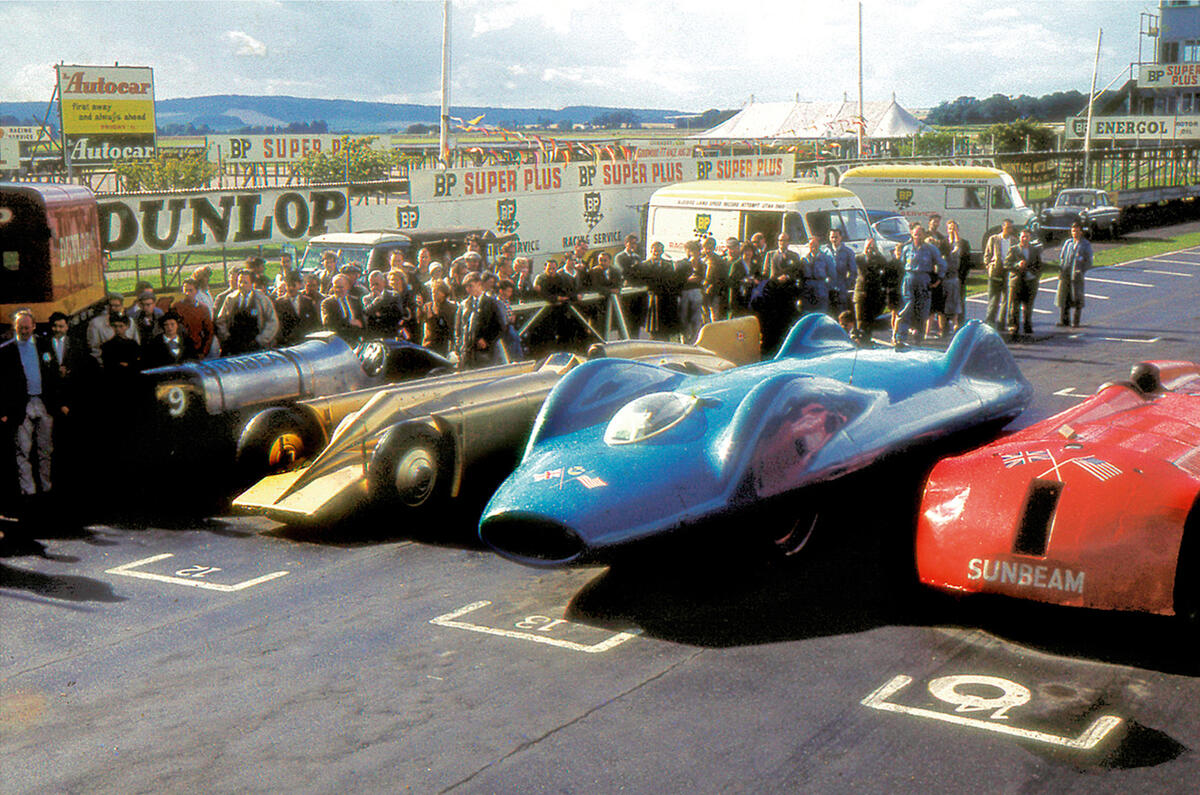


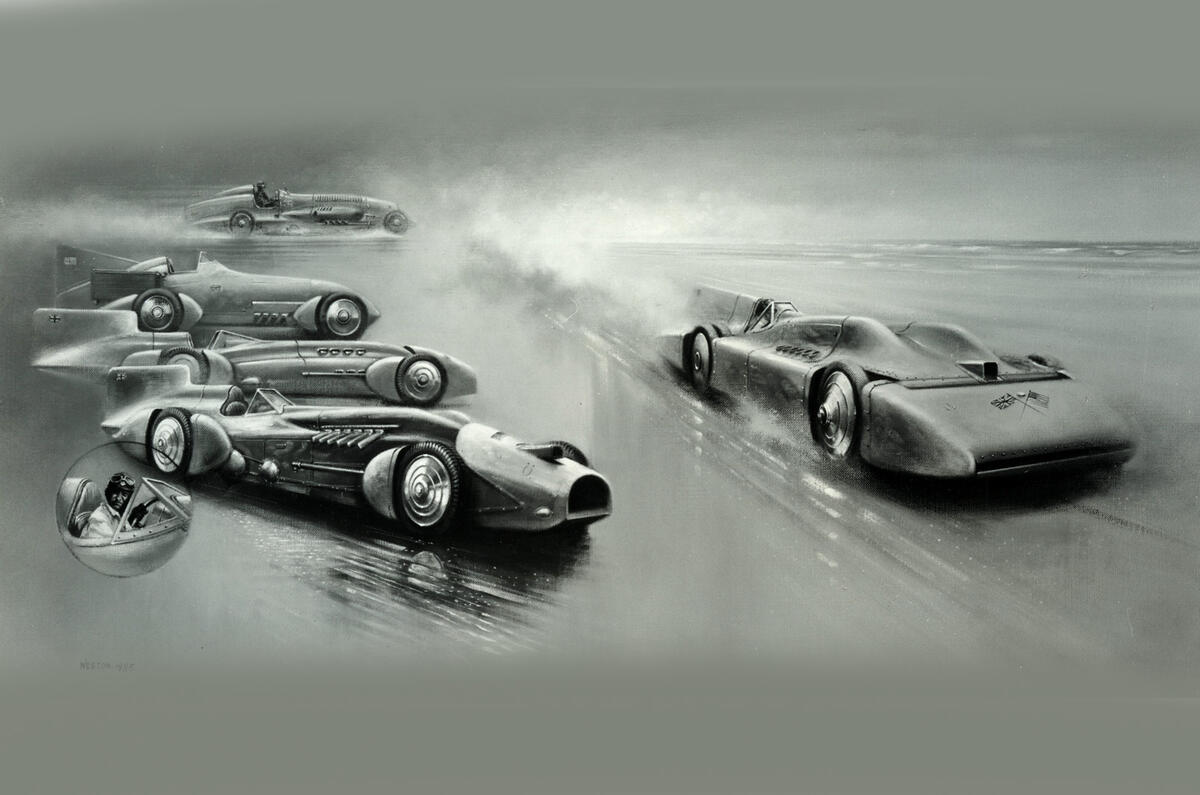


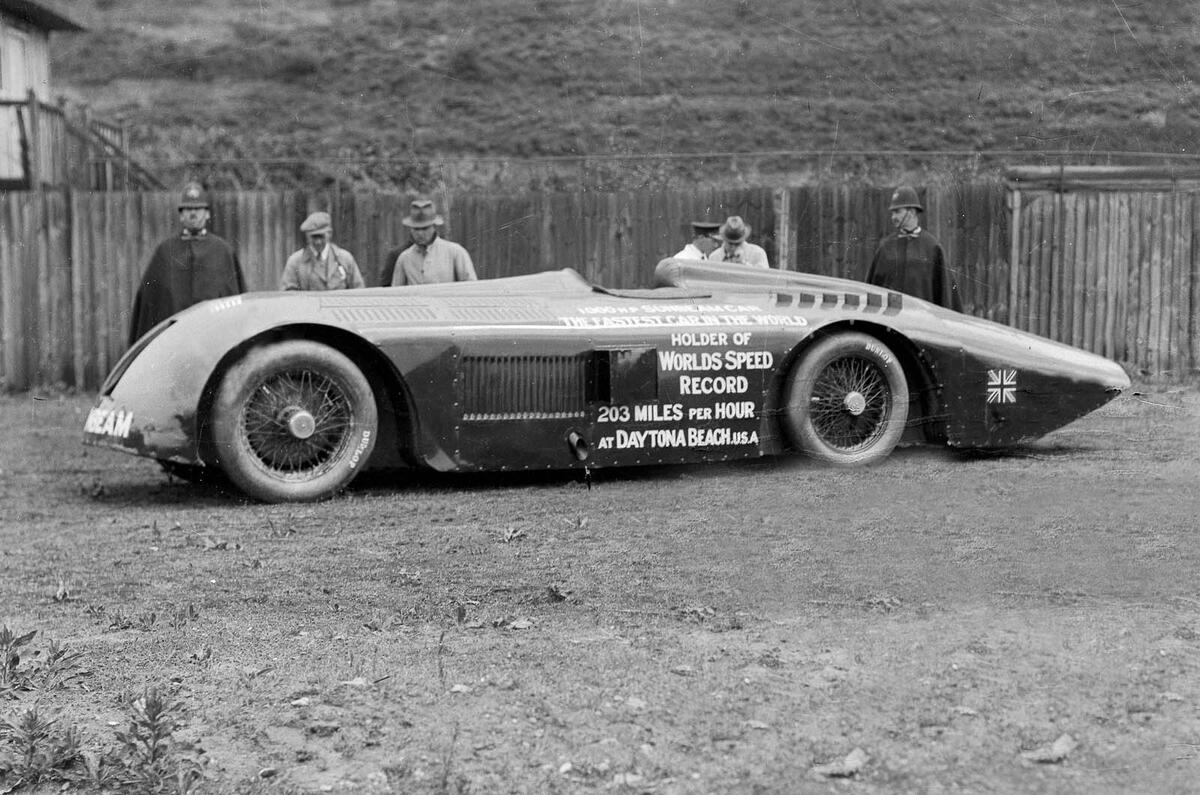




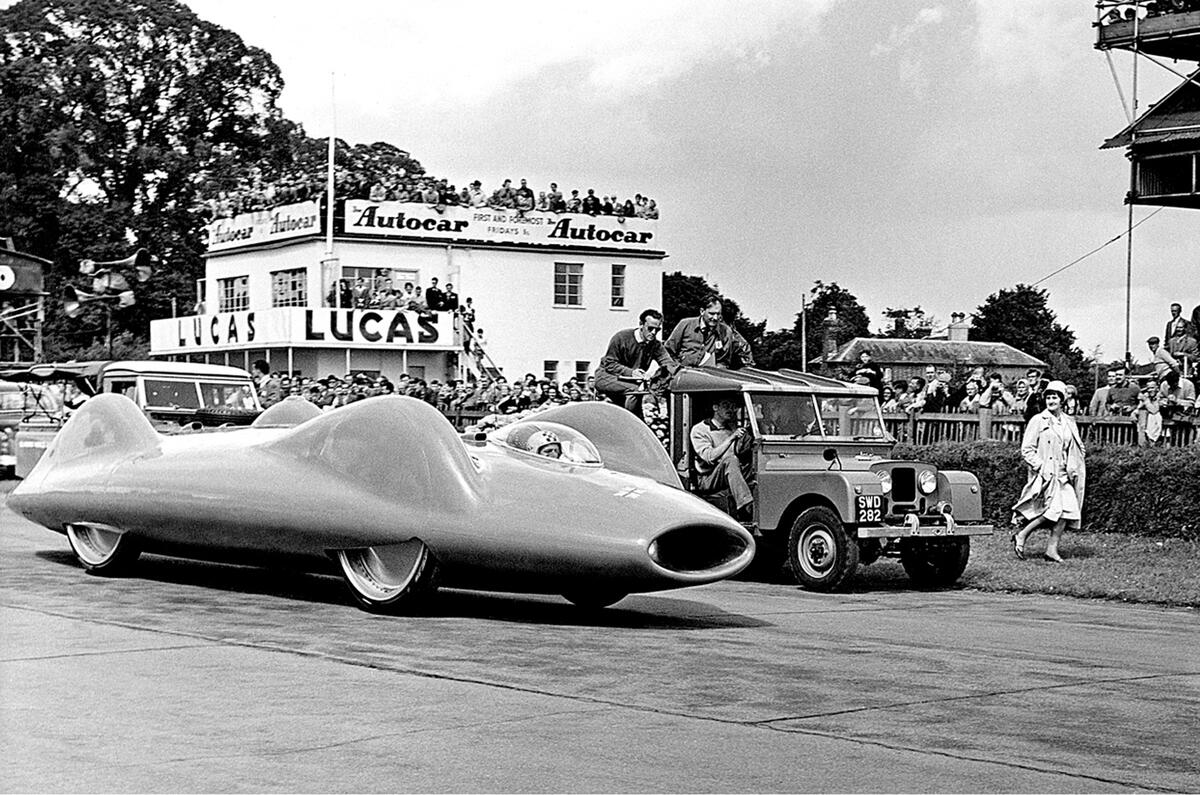

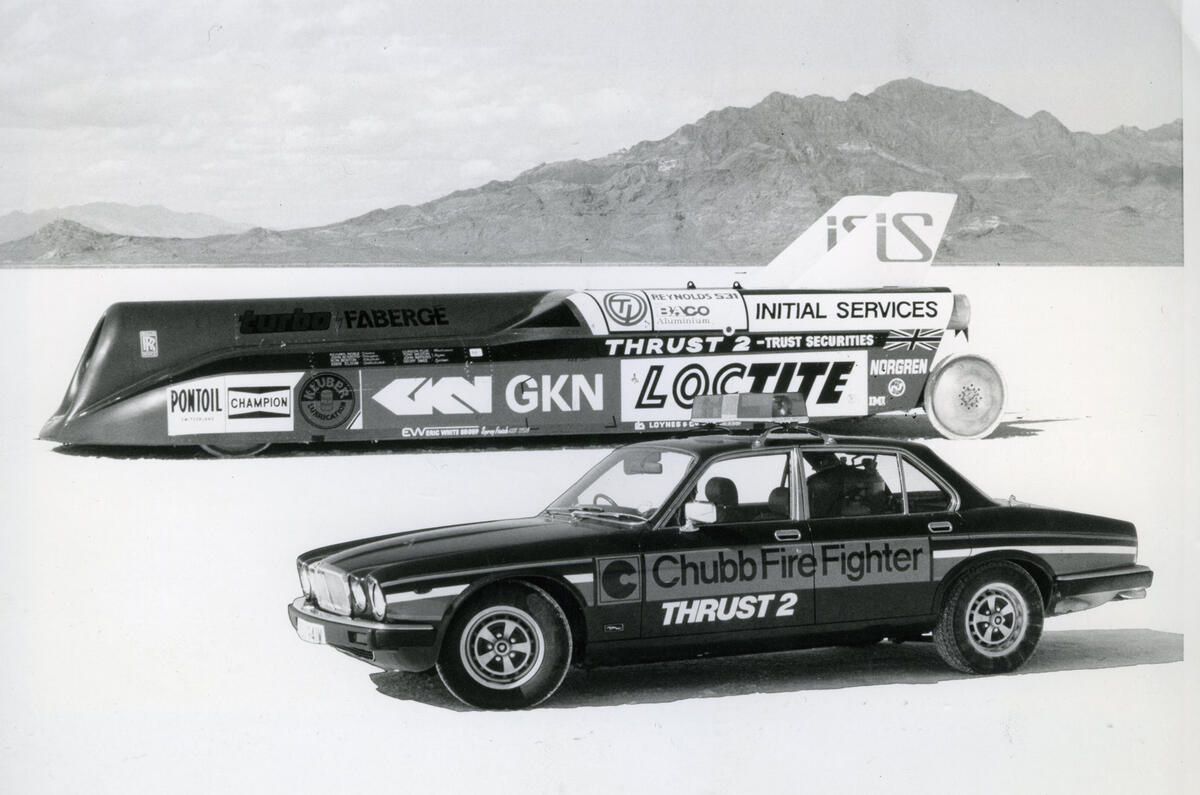






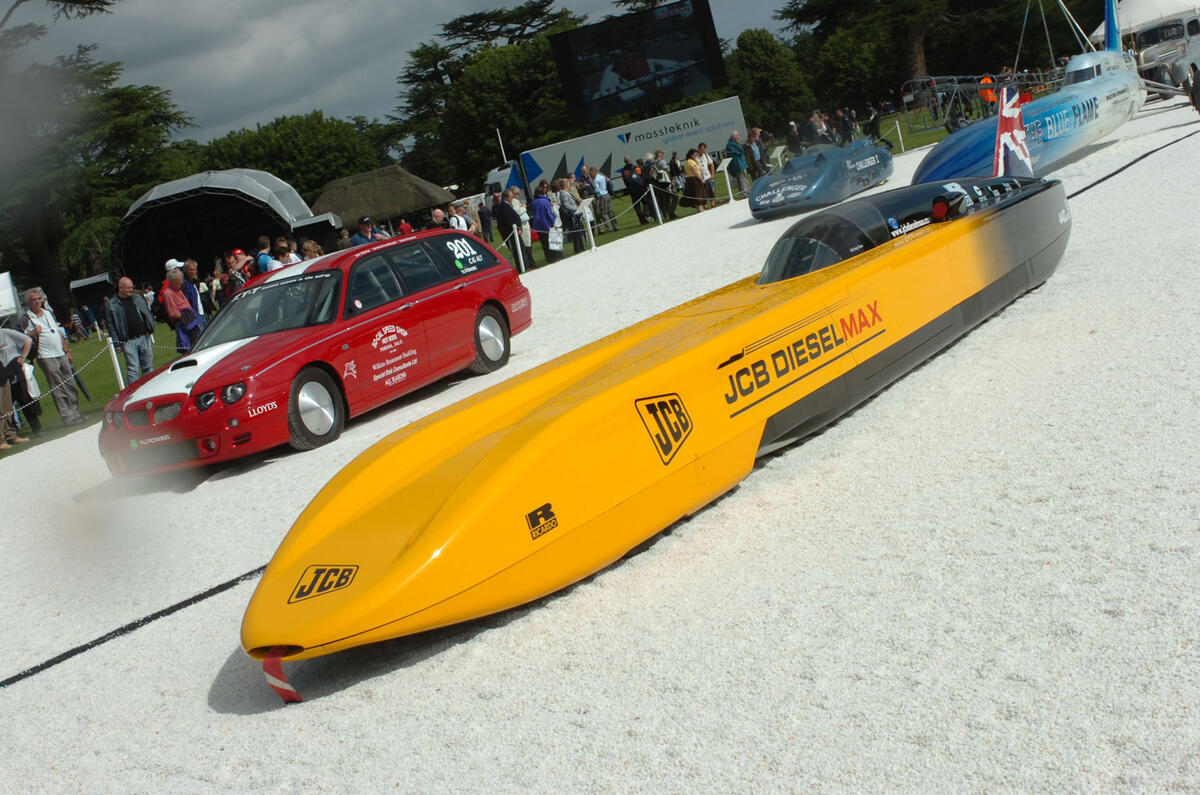








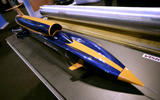




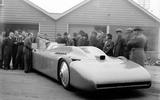






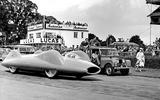


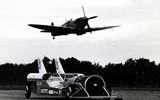
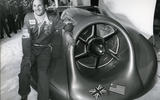



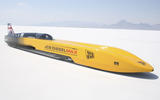
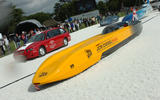



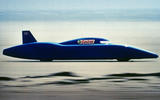

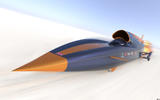



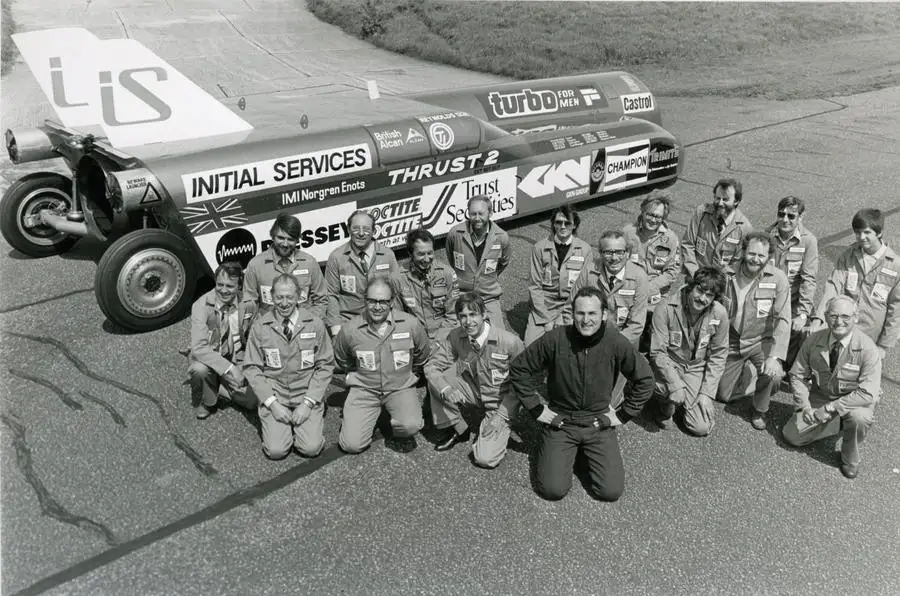


Join the debate
Add your comment
pragmatism
Badly researched
Its a shame it lists a number of competitors who were around in 2010/11 but do not seem to be around now, only American Eagle and Aussie Invader appear to be current.
Craig Breedlove ?